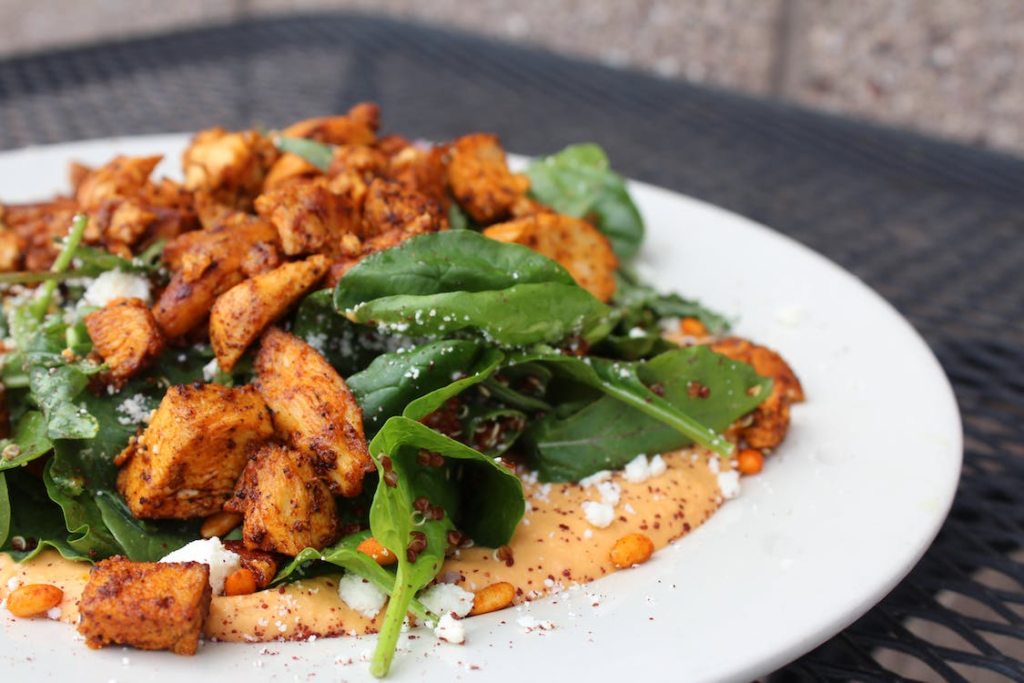India has a rich and diverse food culture that dates back centuries. For instance, they throw “Dahi Handi” during Holi to celebrate the beginning of springtime. As you can see, there are many things out of the ordinary regarding Indian food!


Introduction
Indian food has come a long way since its humble beginnings as a subsistence diet of peasant farmers. Today, Indian cuisine is recognized worldwide for its distinctive flavors and spices, and it has become one of the most popular global cuisines.
While many original dishes remain unchanged, Indian food has undergone significant changes over the years. In this article, we take a look at some of the major changes that have taken place in Indian cuisine over the past few decades.
First and foremost, Indian food has become more diverse and complex than ever before. While traditional dishes like masala dosa (a thick pancake filled with spiced potatoes) and tandoori chicken (marinated in yogurt and spices and grilled over an open fire) are still popular, modern Indian cuisine also features innovative variations on classic recipes like biryani (rice cooked with various vegetables and meats).
Another major change that’s taken place in recent years is the increasing popularity of Indo-Chinese cuisine in India. This style of cooking combines elements from both Chinese and Indian cuisines, resulting in dishes like chicken chow mein (chunks of chicken simmered in a sauce made from soy sauce, garlic, onion, peppers, and spices) or phulkas (deep-fried flatbreads stuffed with various ingredients including minced meat or vegetables).
Finally, there’s been a surge in the popularity of vegetarianism in India over the past few decades.
History of Indian Food


Indian food has a long and varied history, with influences from many different cultures. Indeed, the cuisine is so diverse that it can be difficult to define what constitutes Indian food. Indian food can be broadly classified as vegetarian or non-vegetarian, and most dishes include some form of lentils, spices, and other flavorings.
A Greek chef named Xenophon created one of the first recorded recipes for Indian food in the 4th century BC. This recipe involved frying onions and adding them to boiled rice, which gave rise to the now-popular naan bread. India also played a significant role in the development of modern cooking techniques, particularly in terms of spice usage. For example, turmeric was first used in India to color food yellow, and curry was born out of a need to preserve meat during long voyages across the ocean.
There are numerous regional variations of Indian cuisine, with each area having its own unique flavors and ingredients. Some common ingredients found in Indian cuisine include paneer (a type of cheese), masala (a mixture of herbs and spices), daal (lentils), samosas (pork turnovers), tandoori chicken (barbecue chicken cooked inside a clay oven), biriyani (rice pilaf with various flavors), kulfi (a type of ice cream) and gulab jamun (steamed milk doughnut).
Indian food has slowly but surely become more popular over the
When Indian Food Changed
Indian food has come a long way since its humble beginnings in ancient India. From the simplest of dishes to the most complex and intricate, Indian food has evolved into an exquisite culinary masterpiece. Here are ten ways Indian food has changed over the years:
1. The spices have become more complex and intense.
2. The variety of ingredients has increased exponentially.
3. Regional variations have emerged.
4. Cooking methods have evolved from simple to highly sophisticated and time-consuming methods.
5. The presentation of dishes have become more elaborate and stylish.
6. Food is now widely available outside of traditional restaurants and kitchens.
7. Indians have turned to Indian cuisine as an expression of their own cultural identity and heritage.


Conclusion
Indian food has come a long way since its humble beginnings in the kitchens of India’s elite. Today, Indian cuisine is popular all over the world and is enjoyed by people of all ages and backgrounds. Whether you’re looking for authentic Indian dishes or want to try something different, there’s sure to be a dish on this list that appeals to you. So dive in and enjoy!









4 Comments